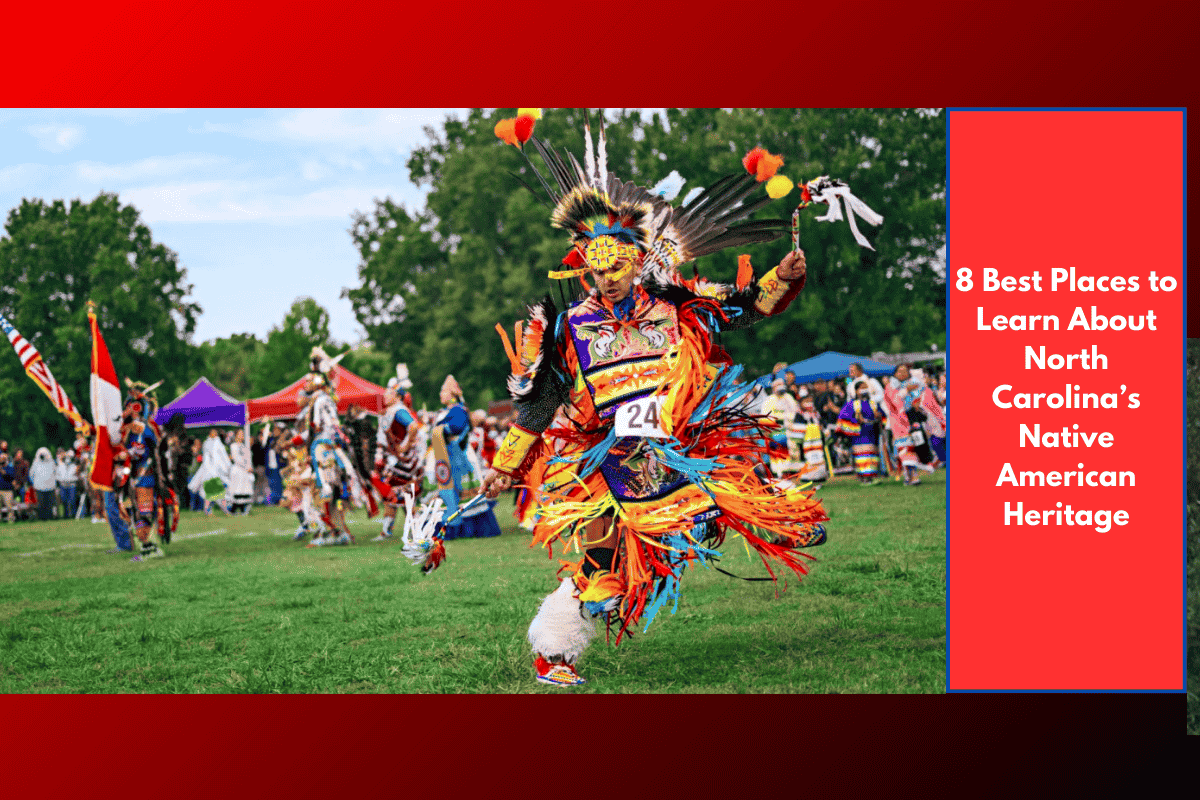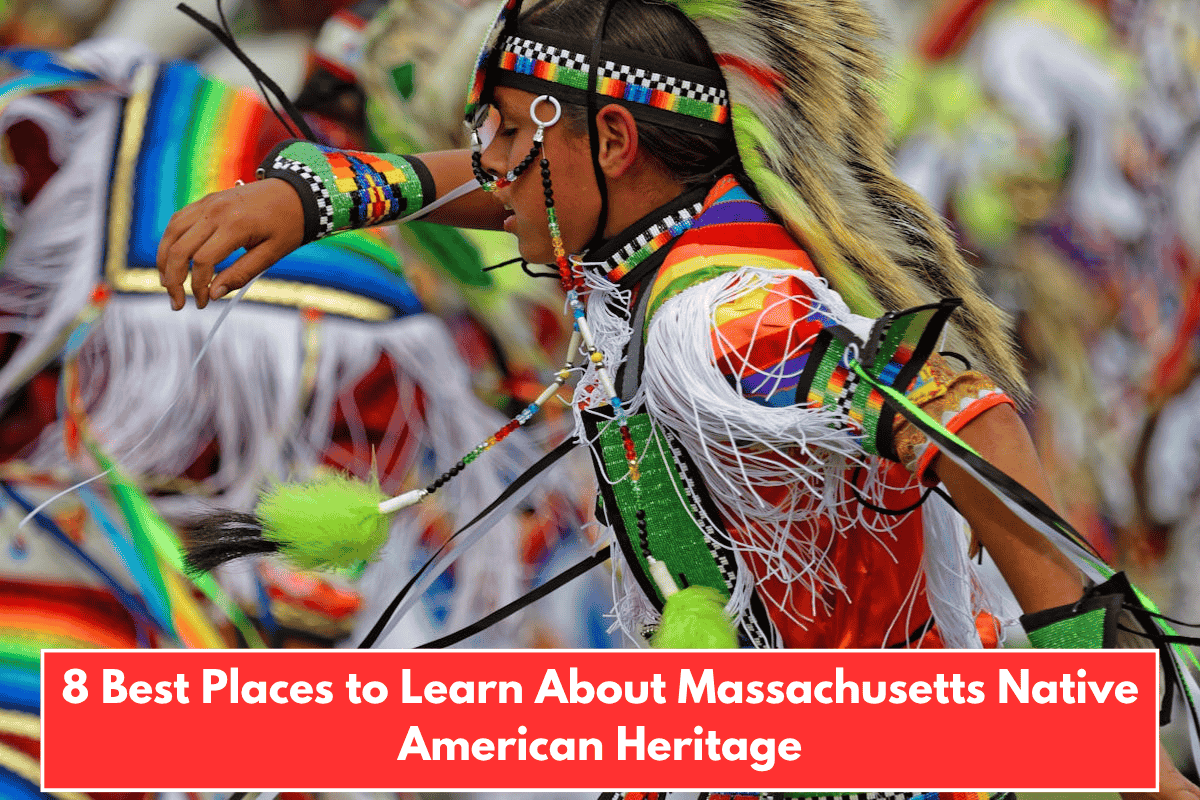North Carolina offers rich opportunities to learn about its Native American heritage at museums, historical sites, and cultural centers across the state. Here are eight of the best places to explore authentic Indigenous history and culture.
Museum of the Cherokee People
This museum in Cherokee, NC, is one of the nation’s oldest tribal museums and shares the stories, culture, and history of the Eastern Band of the Cherokee Indians. Its highly regarded exhibits and programs make it a must-see for anyone interested in the Cherokee legacy.
Town Creek Indian Mound
Located near Mount Gilead, Town Creek is a reconstructed ceremonial center of the Pee Dee culture and is the only national historic landmark in North Carolina commemorating American Indian culture. Guided tours and a museum offer insight into pre-Columbian life.
Oconaluftee Indian Village
This living history site in Cherokee recreates an 18th-century Cherokee community, featuring demonstrations of traditional hunting, weaving, and canoe making. It provides a hands-on immersion into Cherokee daily life and craftsmanship.
Frisco Native American Museum & Natural History Center
Found on Hatteras Island, the museum displays a nationally recognized collection of Native American artifacts, including items from local Outer Banks tribes. Annotated nature trails and interactive exhibits enhance the learning experience.
Cherokee County Historical Museum
Located in Murphy, this museum is a center for Trail of Tears history and holds over 2,000 authentic Cherokee artifacts, with detailed exhibits on the removal and endurance of the Cherokee people.
Guilford Native American Art Gallery
This Greensboro gallery is owned and operated by Native Americans and features contemporary art, crafts, and cultural artifacts, highlighting the creative contributions of North Carolina’s tribes.
Curt & Catherine Locklear American Indian Heritage Center (UNC Pembroke)
The museum at UNC Pembroke showcases artifacts, art, and historical material from North Carolina’s tribes, originally founded to serve the Lumbee Indians, the largest tribe in the state.
Rankin Museum of American Heritage
In Ellerbe, visitors can explore exhibits of Native American pottery, art, and regional history—a diverse look at Indigenous life past and present.
Summary Table
These destinations provide an in-depth, respectful, and engaging look at North Carolina’s Indigenous legacy—from ancient ceremonial sites to modern cultural centers and museums.
SOURCES
(https://cardinalpine.com/2022/10/07/north-carolina-indigenous-history-culture/)(https://www.visitnc.com/story/i9fx/explore-north-carolina-from-a-native-americans-perspective)(https://www.lonelyplanet.com/articles/national-native-american-heritage-day)(https://visitcherokeenc.com/play/attractions/museum-of-the-cherokee-people/)
(https://motcp.org)














